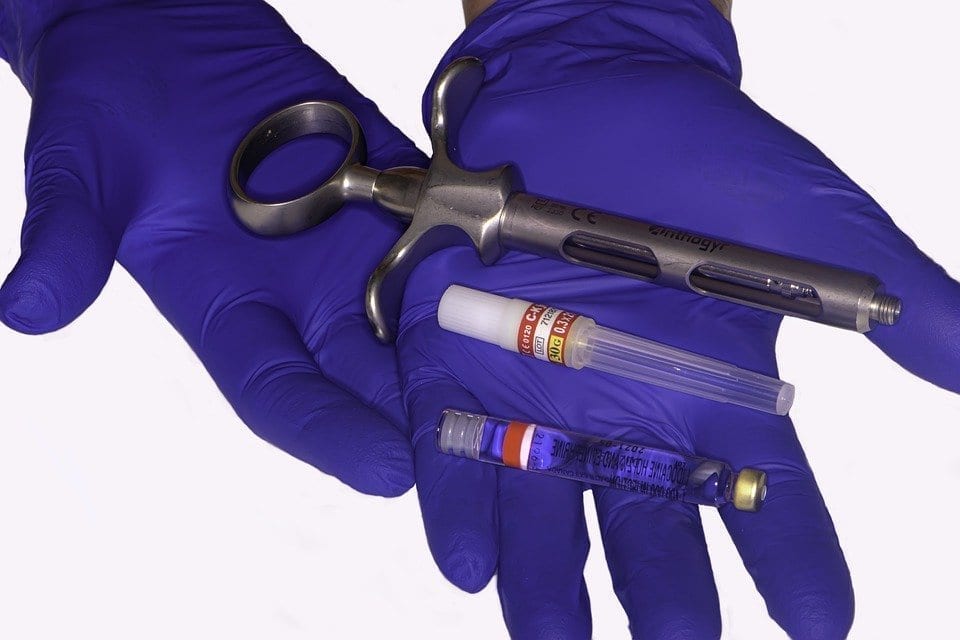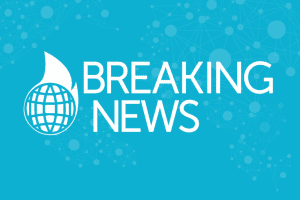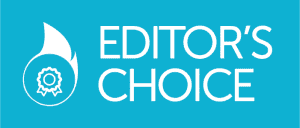How will this affect my child? Will this diagnosis change the way my child can receive medical treatment? If an emergency arises, do I have the knowledge needed to make appropriate medical decisions? If you are a parent of a child with Batten disease or another rare condition, these questions may frequently cross your mind.
One of the realms in which these questions may come up is in regards to surgery or MRIs. In particular, is it safe to anesthetize young patients with Batten disease? Yes, claims a Batten Disease News article, using the findings from a study in the Journal of Anesthesia. The study directly contrasts previous findings to find that it is possible to use anesthesia for diagnostics and treatment of patients with Batten disease. Read the full study here.
About Batten Disease
Batten disease is a genetic disorder which affects the nervous system. It occurs when lipopigments (fats and proteins) build up in body tissues. When the body cannot get rid of this excess waste, the lipopigments contribute to cell and neuron death in the brain and nervous system.
There are four main subsets of Batten disease: infantile, late infantile, juvenile, and adult. However, up to 14 separate types have been discovered. Symptoms include dementia, loss of motor skills, vision issues, and seizures. Learn more about Batten disease on our website.
The Findings
Prior studies suggest that adolescent patients could be at a greater risk of experiencing surgical complications before, during, or after the procedure than those without Batten disease because of neurodegeneration associated with the disease. Some complications previously discovered include:
- Seizures
- Delayed recovery
- Slow heartbeat
However, researchers in this particular study noted that many of the prior beliefs were based on single case reports rather than larger studies. As such, they wanted to determine if these findings were true and if there were any specific complications related to the anesthetic propofol.
The Data
Researchers collected data from 35 patients who were treated over a 4.5 year period. Their ages ranged between 2 to 16 years old, with the average being 5. Altogether, the patients experienced 93 medical procedures requiring anesthetic. 72% of these procedures involved an MRI. Approximately 41% used the anesthetic propofol.
In terms of a demographic breakdown, the study participants were grouped as follows:
- 80.6% of patients received regular treatments for epilepsy
- 57.1% of patients had late-infantile Batten disease (CLN2)
- 28.6% of patients had CLN6 disease
- 8.6% of patients had juvenile Batten disease (CLN3)
- 2.9% of patients had classic infantile Batten disease (CLN14)
- 2.9% of patients had CLN14 disease
Adverse Reactions
During the study, researchers found that 29 adverse reactions occurred because of the use of anesthesia. Low heartbeat was the most common, followed by low blood pressure. The other side effects included:
- Low body temperature (4.3%)
- Low oxygen levels (4.3%)
- Seizures (4.3%)
- Delayed recovery (2.2%)
- Agitation (1.1%)
- Involuntary vocal cord contraction (1.1%)
However, out of the 29 adverse reactions, only one required further treatment. Many of the side effects presented specifically in patients who were also being treated for epilepsy.
Anesthesia for Batten Disease: Yes, It’s Safe
These results suggest that many patients with Batten disease will not have any issues being placed under anesthesia. Additionally, it suggests that propofol can be used safely on these patients.
However, while these findings highlight that anesthesia can be used in these medical procedures, more research is necessary moving forward. For example, since a majority of patients in this study had either CLN2 or CLN6, research should be done to affirm these findings for patients with other subsets of the disease.
More research should also be done on the efficacy of propofol. Using propofol for anesthesia, as opposed to opioids, could allow for a faster patient recovery time.







